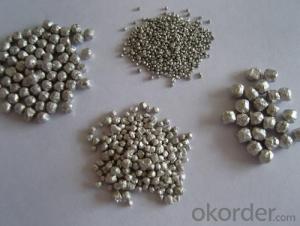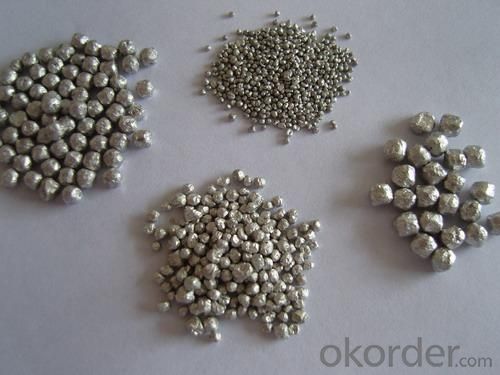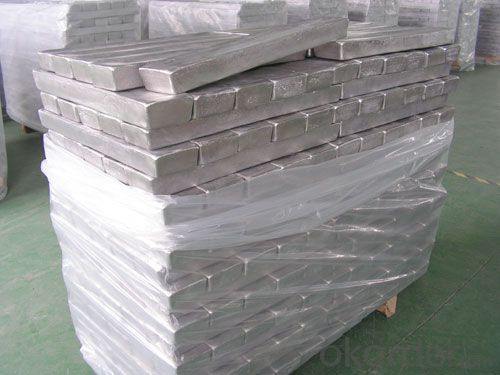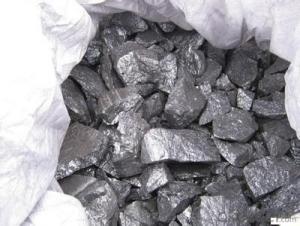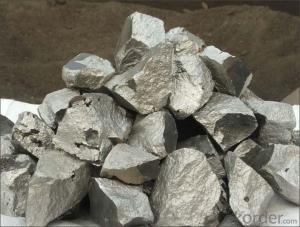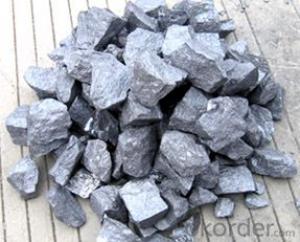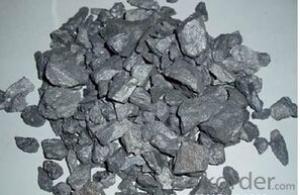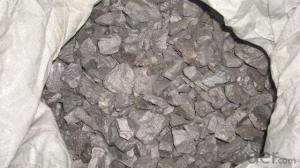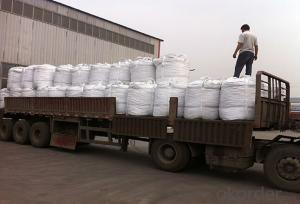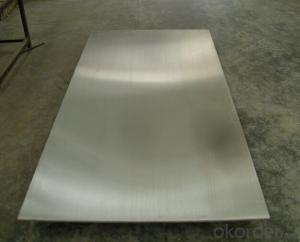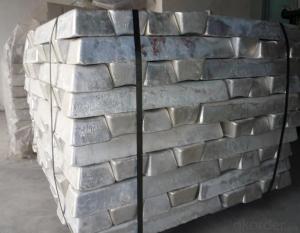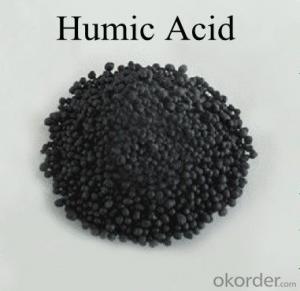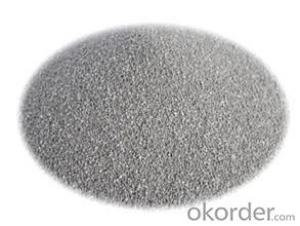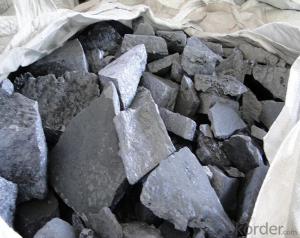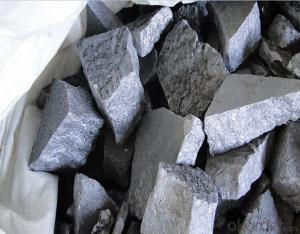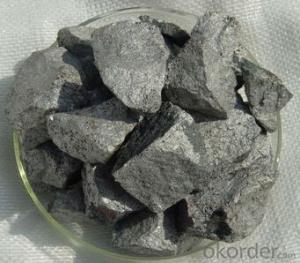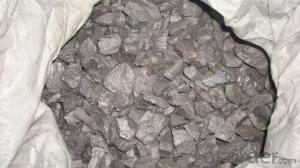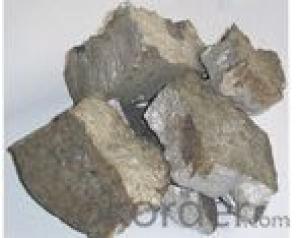Magnesium granule/COKE
- Loading Port:
- Lianyungang
- Payment Terms:
- TT OR LC
- Min Order Qty:
- 1000 m.t.
- Supply Capability:
- 1000000 m.t./month
OKorder Service Pledge
OKorder Financial Service
You Might Also Like
Specification
It is a silver light alkaline earth metal, chemical properties and lively, can reacts with an acid to form hydrogen, has a certain ductility and heat dissipation. Magnesium widely distributed in nature, is one of the essential elements in human body.
Broad of ferroalloy ferroalloy Ferroalloys (English), is refers to the steelmaking as deoxidizer, element additives added to molten steel with a particular feature or meet certain requirements of a product. Iron and intermediate alloy composed of one or more of the following elements, mainly used in steel smelting. In the iron and steel industry is usually put all steel used in the middle of the alloy, iron or not (e.g., the calcium silicon alloy), are called "alloy". Habits and some pure metal oxide additives and additives is also included.
Deoxidizer. Removing the oxygen in molten steel in the process of steelmaking, some ferroalloy can removing the other impurities such as sulfur, nitrogen in steel.
Additive in alloy. According to the requirements of steel composition, adding alloying elements in the steel to improve the performance of the steel.
Inoculant. In front of the cast iron casting in molten iron, improve the crystallization of castings.
Reducing agent to the metal thermal reduction process in the production of other alloy and nonferrous metal reducing agent; Non-ferrous alloy alloy additive; Also a small amount of used in the chemical industry and other industries.
All steel, steel capital is a kind of ferroalloys, it also makes the iron alloy is the most widely used, dosage biggest alloy.
Also put some iron with high carbon content in high school textbooks and all the iron alloy is called ferroalloy.
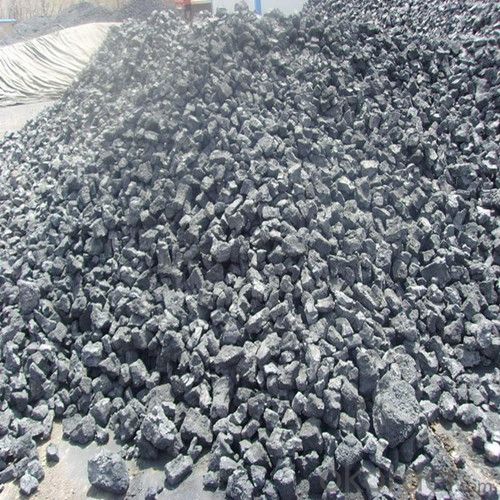
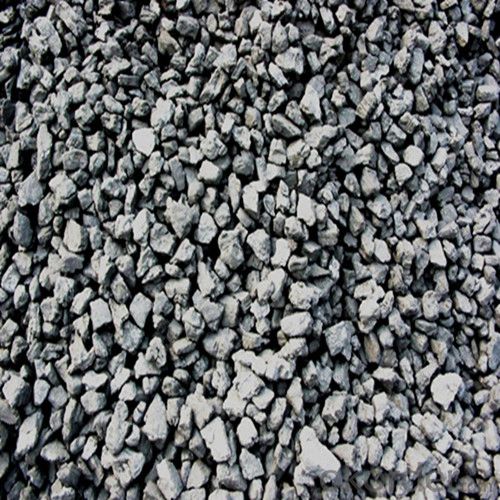
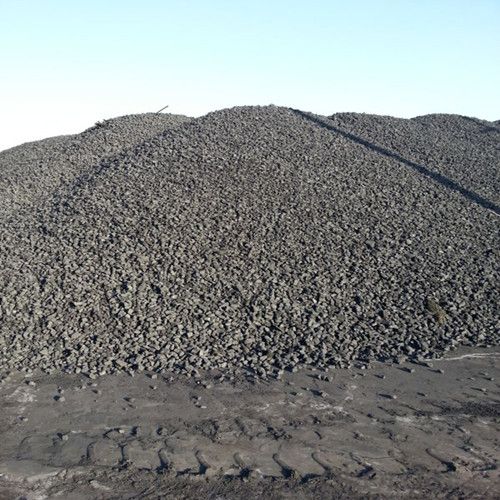
- Q: I only know a few big, like Zhuzhou, Chun Bao, Xiamen tungsten diamond. Anything else? I'm looking for a tool cutter
- And Zigong cemented carbide, ah, the second largest domestic Oh. Tool can find me, ha ha.
- Q: Where can I buy more than 94 hardness carbide cutter head, welding, the best address in detail, thank you!
- It's no problem to weld cemented carbide. Please call me when you need it
- Q: Chengdu which has carbide scrap acquisition point?
- Bars of 75000 yuan / kg (Fu Xujian) Zhejiang Zhoushan self-employed waste tungsten 150-200 yuan / kg, Hebei Hengshui Gucheng County Sindh rare metals tungsten tailings 100-300 yuan / ton Guangzhou lechran gold bars 1200 yuan / kg, Zhengzhou Zhengzhou Hongsen tin small PCB tungsten steel drill 160-190 yuan / kg in Zhejiang Taizhou
- Q: What is the hardness of YG8 cemented carbide?
- YG8 is a tungsten cobalt type material.Good wear resistanceDensity / (g/cm3): 14.5-14.9Hardness (HRA): 89Flexural strength (sigma bb/MPa): 1500Impact toughness K/ (J/cm2): 2.5
- Q: One kind of steel is called T10, and another is carbon steel. What kind of hardness and strength do they have?
- Carbon steel is also divided into many kinds, the higher the carbon content, the greater the hardnessAlloy steel is also very many kinds of ah, what tungsten carbon alloy, chromium, manganese, molybdenum and so on a lot?It seems that Chinese steel is not of high qualityTechnology is not in place
- Q: It is hard alloy steel
- Cemented carbide is a kind of alloy material made by powder metallurgy process of hard metal and bonding metal of refractory metal.Hard alloy with high hardness, strength and toughness, good wear resistance, heat resistance, corrosion resistance and a series of excellent performance, especially high hardness and wear resistance of it, even at a temperature of 500 DEG C also remained unchanged, at 1000 degrees C still have high hardness.
- Q: Is the hard alloy the same as the cemented carbide?
- Is essentially the same, are two kinds of powder alloy materials, but the composition is different, its processing performance depends on the alloy material of concrete, in my experience, super hard alloy toughness than hard alloy with high hardness, but lower than the hard alloy, don't be misled by the literal meaning, the word super tool hard alloy generally refers to add the other ingredients of high speed steel the hardness wear resistance than ordinary high speed steel (of course not hard alloy) without losing the advantages of high speed steel toughness.
- Q: Several hard alloy cutter lathe with?
- YG car, pig iron and so on, YT, steel and the like, high temperature resistant, YW car alloy steel, the highest strength.
- Q: Where does Tianjin sell yt30 carbide tool?
- Now there are the same, express, everything is not afraid. I am the agent of Zigong the Great Wall brand cemented carbide, quality assurance, definitely authentic.
- Q: K carbide carbide cutting tools, mainly used for turning what materials?
- Suitable for processing stainless steel, non-ferrous metals, non-metallic materials, cast iron and so on
Send your message to us
Magnesium granule/COKE
- Loading Port:
- Lianyungang
- Payment Terms:
- TT OR LC
- Min Order Qty:
- 1000 m.t.
- Supply Capability:
- 1000000 m.t./month
OKorder Service Pledge
OKorder Financial Service
Similar products
Hot products
Hot Searches
Related keywords
